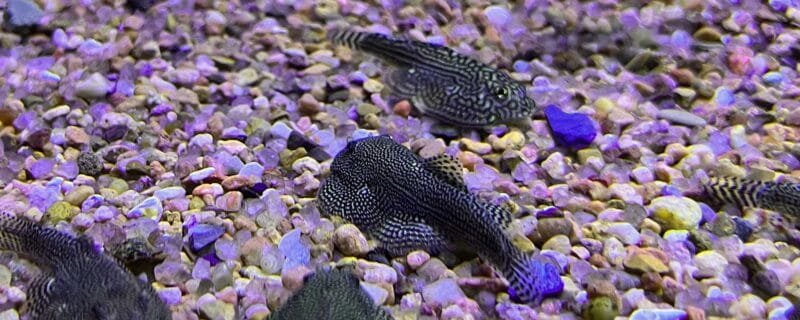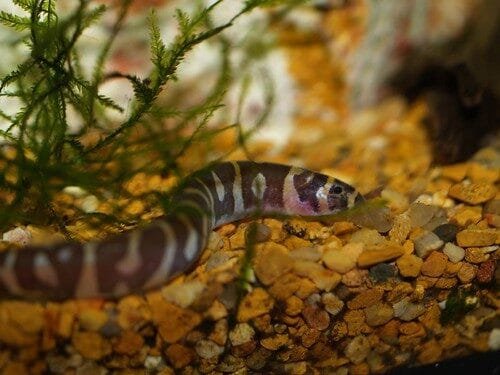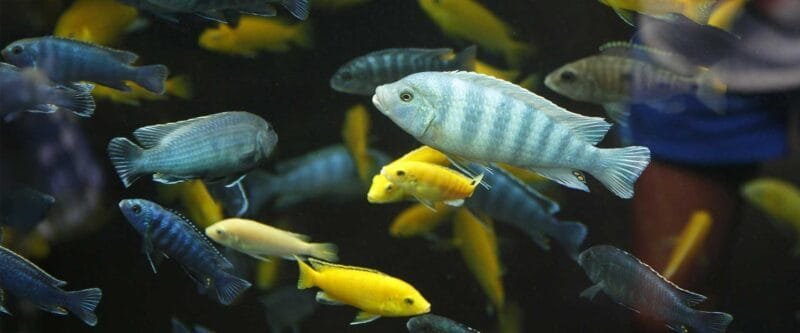The Colorful World of Clown Loaches (Chromobotia macracanthus)
Clown Loaches, scientifically known as Chromobotia macracanthus, are among the most beloved and vibrant freshwater fish species in the aquarium hobby. With their distinct coloration and playful behavior, they add a touch of fun and vibrancy to community tanks. In this comprehensive blog post, we’ll explore the characteristics, natural habitat, suitability for community tanks, biodiversity, dietary preferences, alternative names, and tips for sexing male and female Clown Loaches.
Characteristics and Size
Clown Loaches are celebrated for their striking appearance, featuring:
- A sleek, elongated body adorned with bold orange, black, and white stripes.
- A substantial size, with adult specimens commonly reaching lengths of 10 to 12 inches (25 to 30 centimeters) or more.
These captivating fish are instantly recognizable and prized for their vibrant colors.
Habitat and Native Range
Clown Loaches are native to the rivers and streams of Southeast Asia, primarily in Indonesia, Borneo, and Sumatra. They inhabit slow-moving waters in densely vegetated areas, where they find shelter among submerged roots and leaf litter.
Suitability for Community Tanks
Clown Loaches are generally considered suitable for community tanks, but there are some important considerations. They are peaceful by nature but may exhibit occasional territorial behavior, especially as they grow larger. Therefore, it’s recommended to house them with other peaceful species and provide plenty of hiding spots to reduce stress and aggression.
Biodiversity: How Many Types Are There?
Clown Loaches belong to the Chromobotia genus and are often referred to as the “Tiger Botia.” While there is typically one recognized species, there may be some regional variations in coloration and patterning.
Diet and Feeding Habits
Clown Loaches are omnivorous, with a diet that includes:
- A variety of high-quality sinking pellets and flakes.
- Live or frozen foods such as bloodworms, brine shrimp, and daphnia.
- Vegetable matter, including blanched zucchini, cucumber, and spinach.
Offering a balanced diet with a mix of protein and plant-based foods is essential for their health and color vibrancy.
Alternative Names
In addition to Clown Loach, these fish may be known by alternative names such as:
- Tiger Loach (due to their distinctive striping).
- Emperor Botia.
How to Differentiate Male and Female Clown Loaches
Sexing Clown Loaches can be challenging, as they do not exhibit pronounced sexual dimorphism. However, there are a few general indicators:
- Mature females may have a slightly plumper body, especially during the breeding season.
- Males may have more prominent pectoral fins, which can be used for territorial displays.
Conclusion
In conclusion, Clown Loaches (Chromobotia macracanthus) are a vibrant and captivating addition to freshwater community aquariums. Their stunning appearance and playful behavior make them a favorite among aquarists. By providing suitable tankmates and meeting their dietary needs, you can enjoy the delightful presence of Clown Loaches in your aquatic community.






